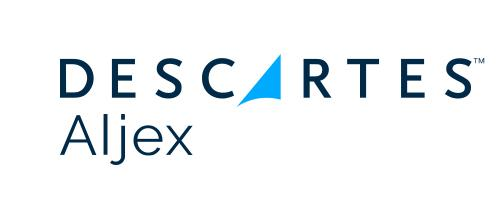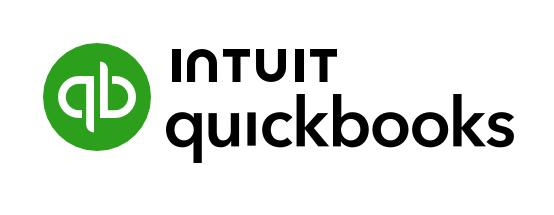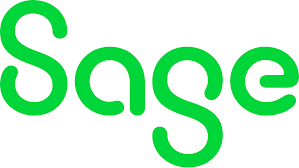Daten Und Dokumentenmanagement
Dateneingabe/Datenpflege
Dateneingabe
Ausgewählte KI-Tools ermöglichen die effiziente Eingabe von Daten aus verschiedenen Quellen – Papier, Formulare und digitale Dateien – mit Methoden wie OCR und automatischer Erfassung.
Datenvalidierung
KI prüft die Richtigkeit und Vollständigkeit von Daten, indem sie Eingaben mit Quelldokumenten vergleicht und automatische Validierungsprüfungen durchführt.
Datenbereinigung
KI bereinigt und formatiert Daten, entfernt Duplikate und korrigiert Inkonsistenzen, um die Einheitlichkeit zu gewährleisten.
Datenkonvertierung
KI erleichtert die Konvertierung von Daten aus physischen in digitale Formate und die Übertragung zwischen Softwareanwendungen.
Sortieren und Kategorisieren von Daten
KI kategorisiert und organisiert Daten anhand von Kriterien und hilft bei der Verschlagwortung zum leichteren Auffinden.
Datenbankpflege
KI-Tools aktualisieren und pflegen bestehende Datenbankeinträge, um sicherzustellen, dass die Informationen aktuell und korrekt sind.
Datenextraktion
KI hilft bei der Extraktion spezifischer Informationen aus Dokumenten zur schnellen Eingabe in Systeme.
Qualitätssicherung
KI prüft eingegebene Daten auf ihre Richtigkeit, identifiziert Fehler und stellt Qualitätsstandards sicher.
Berichterstellung
KI generiert aus den eingegebenen Daten strukturierte Berichte und visuelle Darstellungen, wie Diagramme und Schaubilder.
Datensicherheit und Vertraulichkeit
KI gewährleistet die Datensicherheit durch Verschlüsselung und Zugriffskontrollen, um sensible Informationen zu schützen.
4-Augen-Kontrollen
Das „Vier-Augen-Prinzip“
das von ausgewählten KI-Tools unterstützt wird, stellt sicher, dass zwei Personen kritische Aktionen überprüfen und genehmigen, um die Sicherheit zu erhöhen.
Genehmigungsprozess
KI verfolgt Aktionen und schreibt vor, dass Aufgaben wie Finanztransaktionen von mindestens zwei autorisierten Personen genehmigt werden müssen.
Überprüfung und Verifizierung
KI automatisiert die anfänglichen Arbeitsabläufe, fordert die zweite Person zur Überprüfung von Aufgaben auf und minimiert Fehler durch die Erkennung von Anomalien.
Dokumentenprüfung
KI vergleicht Transaktionsdetails mit Belegdokumenten, um die Genauigkeit der Überprüfung sicherzustellen.
Systemzugriffskontrolle
KI verwaltet Zugriffsanfragen und benachrichtigt eine zweite autorisierte Person, um den Zugriff zu genehmigen oder zu verweigern und so das Risiko einer unbefugten Nutzung zu verringern.
Konfigurationsänderungen
KI analysiert vorgeschlagene IT-Änderungen im Hinblick auf die Einhaltung von Sicherheitsstandards und liefert Erkenntnisse, bevor die zweite Person die Implementierung genehmigt.
Einhaltung von Richtlinien und Verfahren
KI prüft Aktionen anhand festgelegter Richtlinien und macht den zweiten Prüfer auf Probleme bei der Einhaltung aufmerksam.
Fehlererkennung und -minderung
KI verbessert die Fehlererkennung, indem sie potenzielle Fehler und Unstimmigkeiten zur Überprüfung vor der Genehmigung kennzeichnet.






